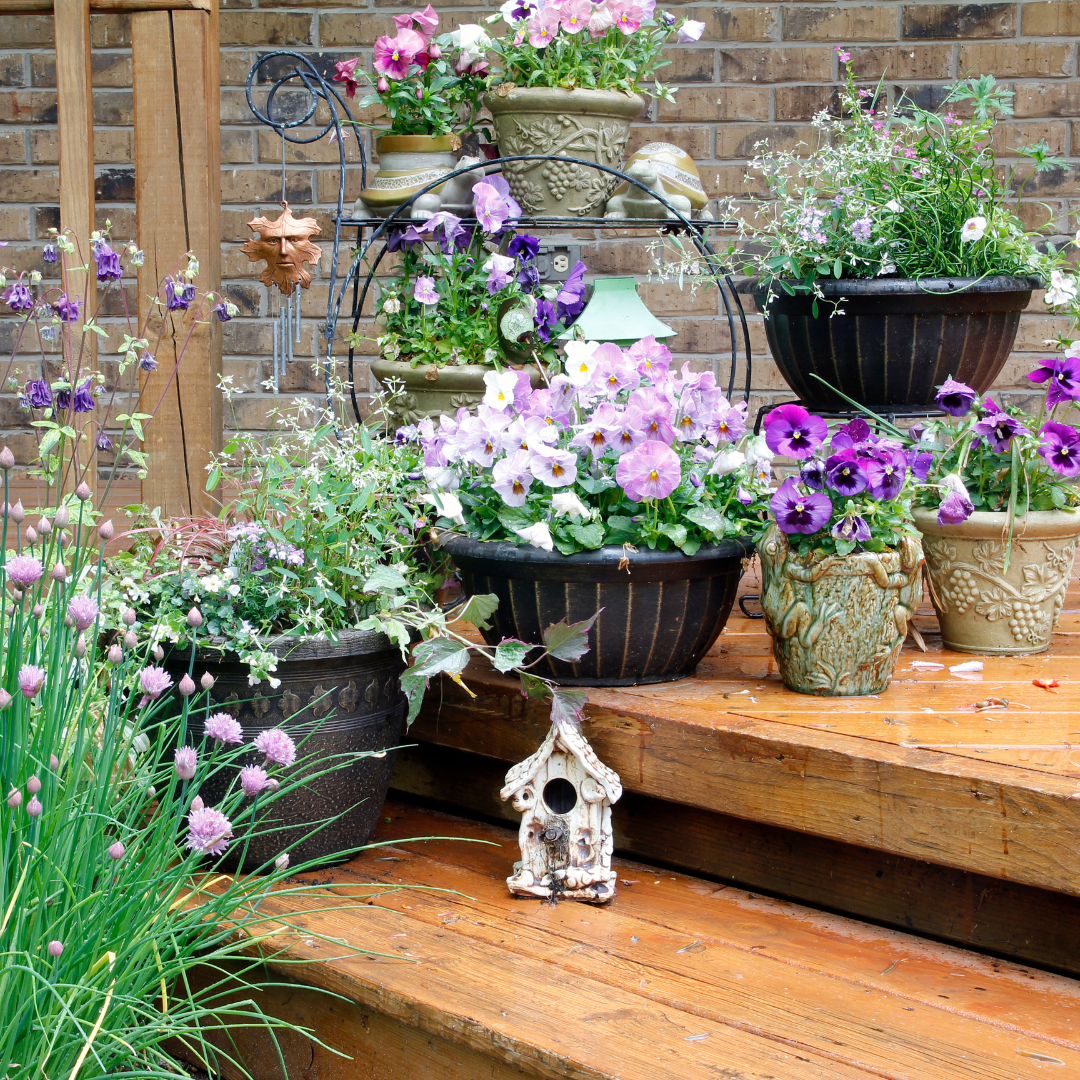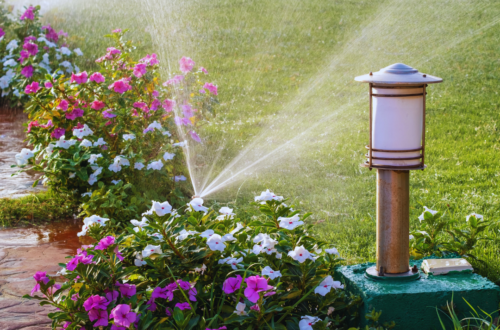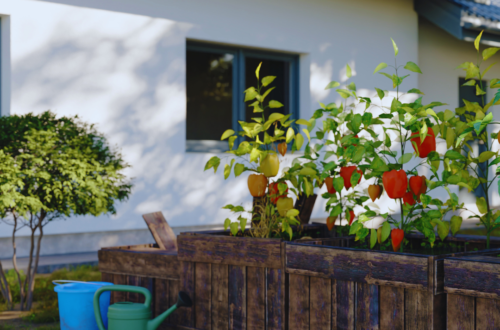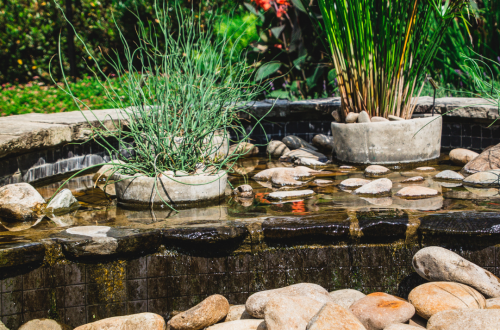Container gardening can be a great way to enjoy gardening while not having to deal with all the problems of conventional gardening on the ground. Container gardens are portable, expandable, and allow you to keep plants on your deck or balcony. You can grow flowers, herbs, fruits, and vegetables in containers, eliminating the need to dig or till. Container gardening is also a great way to experiment with new varieties of plants before committing to planting them in your garden. Here’s what you need for a successful container garden:
Good drainage
Drainage is always an issue when it comes to container gardening. When you grow plants in containers, the plants depend on you to provide adequate drainage because otherwise, you could end up with a soggy mess. A good drainage system is essential to maintaining healthy plants – waterlogged soil leads to root rot, which will destroy your plants from the ground up, and you won’t know about it until it’s too late. Before planting, ensure there are plenty of drainage holes in the pots you’re using, and place a layer of gravel at the bottom.
Failure to take such precautions may result in poorly drained soil, leading to stagnant water and potential root-related issues. Without proper drainage, plants may suffer from oxygen deprivation, nutrient imbalances, and increased susceptibility to diseases. Additionally, the accumulation of excess water can attract pests and create an unfavorable environment for the growth of beneficial microorganisms.
This is why it is advisable to collaborate with plumbers from reputable firms like Stillwater Plumbing & Heating (https://stillwaterplumbing.ca/) to install efficient drainage systems for your container gardening setup. Professional plumbers can assess the specific needs of your gardening containers, ensuring that the drainage holes are strategically placed, and the overall system is designed to prevent waterlogging.
That being said, container gardening is an excellent way to bring the beauty of nature into small spaces. However, for a flourishing oasis, it’s essential to consider elements beyond just soil and plants. Plumbing plays a crucial role in the success of your container garden, ensuring proper hydration and drainage for your beloved green companions.
Installing a drip irrigation system or strategically placing self-watering containers can make watering a breeze, providing consistent moisture without the risk of overwatering. Additionally, incorporating a layer of mulch helps regulate soil temperature and conserve moisture. As you embark on your container gardening journey, don’t forget to explore top voted plumbing solutions in Toronto (if that’s where you live) for expert advice and efficient systems that will keep your garden thriving.
Carefully transfer the plants from the nursery pot
Plants are incredibly resilient, but you should still be gentle with them, especially when they’re young and fragile. Tease young plants from their pots by giving the pot a gentle squeeze around the edges, then hold the top of the pot by placing your palm over the soil, with the plant poking out between your fingers. Turn the pot upside down and tap the bottom until you feel the plant fall into your palm, then lift the pot away. Break the soil up slightly to expose some roots, then place into a new pot.
Avoid air pockets in the soil.
Believe it or not, air pockets in the soil can kill your plants. Whilst plants require oxygen to grow, roots can’t expand through pockets of air. Also, an air pocket will prevent water from travelling throughout the soil, resulting in an under-watered plant. Moreover, air pockets in the soil will allow pests and diseases to enter your plants. An easy way to combat this problem is to give a newly-potted plant pot a gentle shake to settle the soil. If the pot is too large or heavy, give it a good drench with a watering can – the water will help to push air out, compacting the soil as it drains.
Water when dry and until it drains
Watering on a regular schedule is the single most important thing you can do to ensure a successful container garden. Water your container garden at least once a day during hot weather. You should do this in the evening once things have cooled off, helping the plant to drink enough before the water evaporates again. If you must water in the morning, avoid getting the plant itself wet. Water drops on the leaves will magnify the midday sun, causing severe burns that can kill your plant. Additionally, avoid overwatering your plants as this can lead to waterlogging, which could be dangerous for your plants. Ensuring proper drainage holes in your container is essential in this regard. However, unforeseen plumbing issues can sometimes disrupt the seamless flow of water. In such cases, looking up “reliable plumber near me” can be a lifesaver, ensuring that proper hydration is never compromised.
Fertilise every two weeks
Fertilise your plants every two weeks with a liquid fertiliser. The liquid fertiliser will make it easier for plants to absorb the nutrients and water they need. The liquid fertiliser becomes diluted as it dissolves in the water, so you have to give it to the plants regularly to ensure they get enough. This is sometimes referred to as a “foliage” or “foliar” feed. The fertiliser should provide the plants with nutrients for strong, healthy growth.
One of the most important aspects of container gardening is understanding which plants will thrive in your area. While the basics such as sunlight, soil, and watering are universal, there are also climate-related considerations, such as humidity, wind, and temperature. The climate in your area can also affect the amount of time you have to plant within your growing season. To maximize your gardening investment, you must know exactly what plants will thrive in your region.






